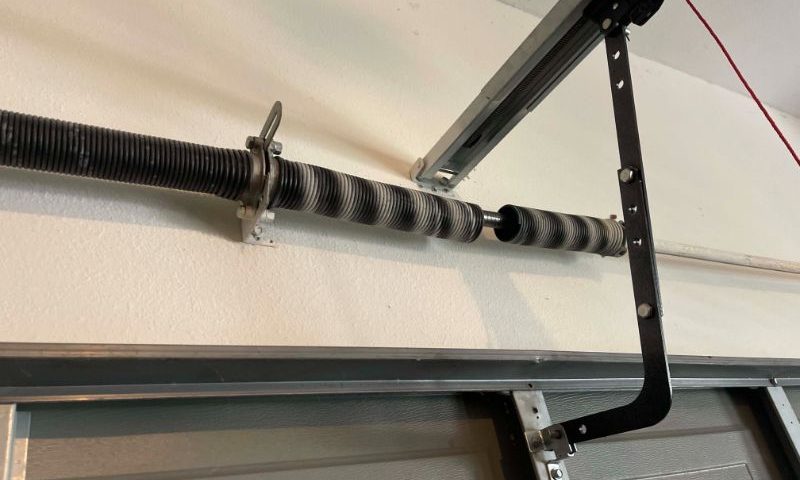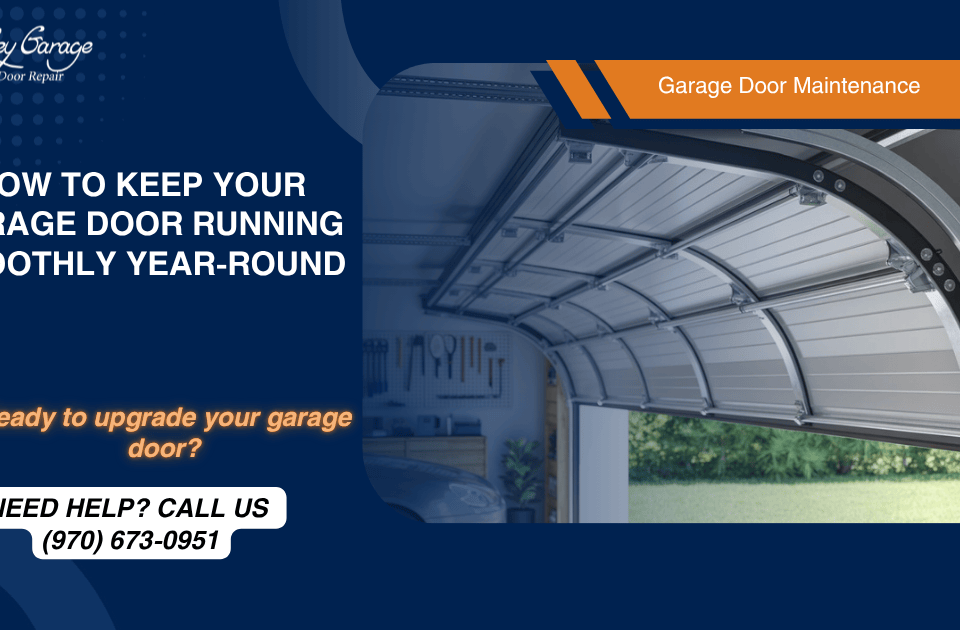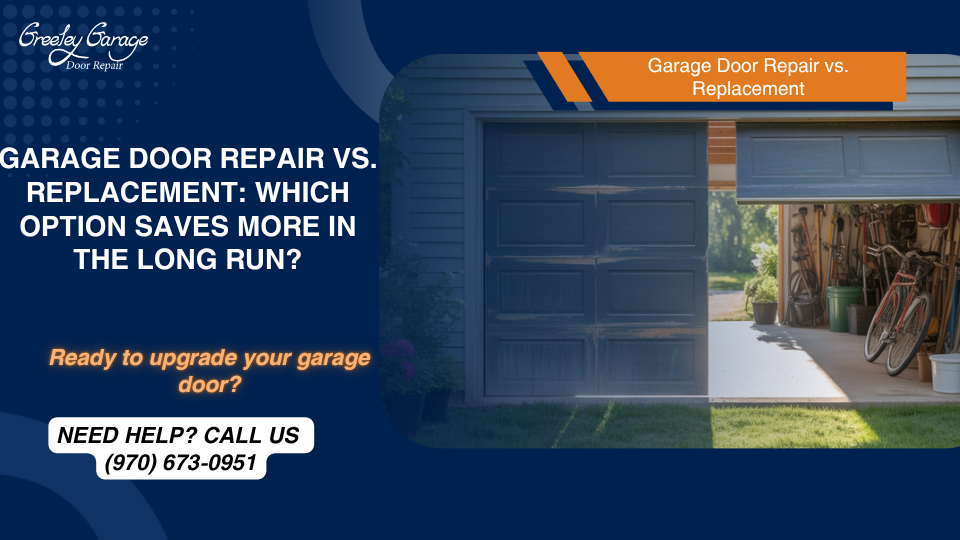Which spring should I buy for my garage door?

Garage Door Opener Outage? Here’s How to Open Your Door Manually
February 20, 2023
Choosing the Right Horsepower for Your Garage Door Opener
March 2, 2023Garage door springs are a crucial component of your garage door system, responsible for lifting and lowering the door smoothly and safely. But with so many different types of springs available, it can be challenging to know which one to choose. In this article, we’ll explore the two main types of garage door springs, explain how to measure your garage door to determine the right spring size, and offer guidance on how to identify warning signs that your springs need to be replaced. We’ll also discuss the pros and cons of DIY installation versus hiring a professional, helping you make the right choice for your garage door needs.
Understanding the Two Types of Garage Door Springs: Torsion and Extension
Garage door springs come in two main types: torsion and extension. Torsion springs are mounted above the garage door and work by winding up when the door is closed, then unwinding to raise the door when it’s opened. Extension springs, on the other hand, are mounted on either side of the door and stretch to lift the door when it’s opened.
It’s important to understand which type of spring is appropriate for your garage door. Torsion springs are typically used for heavier garage doors, while extension springs are more common for lighter doors. If you’re not sure which type of spring to use for your garage door, consult with a professional to ensure you make the right choice.
Measuring Your Garage Door to Determine the Right Spring Size
Once you’ve determined which type of spring to use, the next step is to measure your garage door to ensure you purchase the right size spring. To measure the height of your door, place a tape measure at the bottom of the door and extend it to the top. To measure the weight of your door, you’ll need a bathroom scale. Simply disconnect the door from the opener and use the scale to weigh the door.
Based on these measurements, you can consult a chart or formula to determine the right spring size for your door. Be sure to choose a spring that can handle the weight of your door to ensure proper functioning and avoid damage or injury.
Considering the Lifespan of Different Types of Springs
Garage door springs have a limited lifespan, typically lasting anywhere from 7 to 12 years depending on usage and other factors. Torsion springs tend to have a longer lifespan than extension springs. However, climate, frequency of use, and maintenance can all affect the lifespan of your springs.
If you notice signs of wear or damage to your garage door springs, such as rust, cracks, or gaps in the coils, it’s important to replace them promptly. Using worn or damaged springs can put stress on your garage door opener and potentially cause further damage.
Identifying Warning Signs That Your Garage Door Spring Needs to be Replaced
To ensure the safety and proper functioning of your garage door, it’s important to be able to identify when your springs need to be replaced. Common warning signs include a garage door that’s difficult to open or close, a door that appears crooked or uneven when it’s in motion, and a loud banging or popping noise when the door is operated.
Inspecting your garage door springs regularly for signs of wear or damage can help you catch potential issues before they become a major problem. However, it’s important to exercise caution when inspecting or working on garage door springs, as they are under tension and can be dangerous if mishandled.
Hiring a Professional vs. DIY Installation
While some homeowners may feel comfortable replacing their garage door springs themselves, it’s important to recognize the risks involved. Garage door springs are under a significant amount of tension and can cause serious injury if not handled properly.
If you’re not experienced in working with garage doors and their components, it’s recommended that you hire a professional to install your new springs. Contact us (970) 673-0951 today for a free estimate. A professional will have the expertise and equipment needed to safely and efficiently replace your springs, ensuring that your garage door functions properly and remains safe for you and your family.




